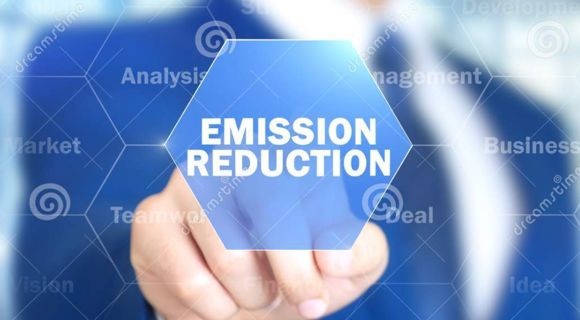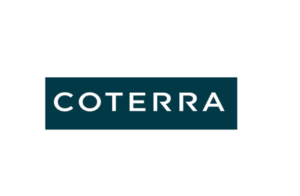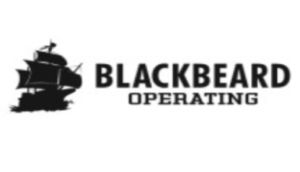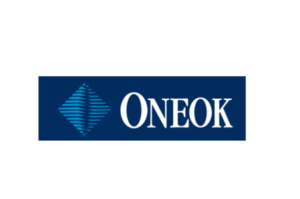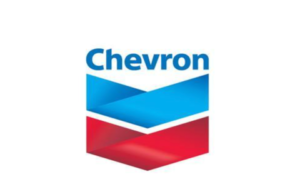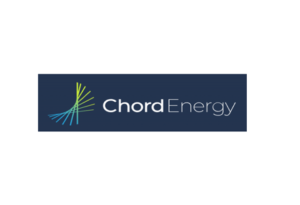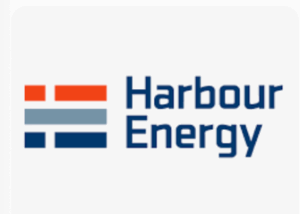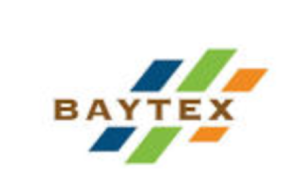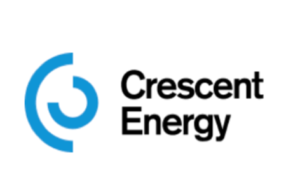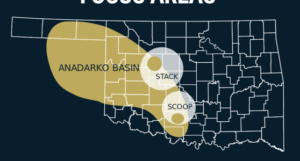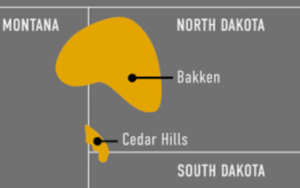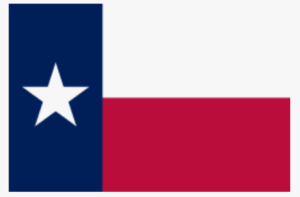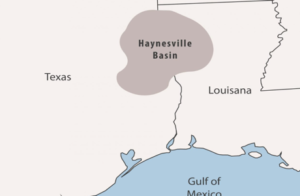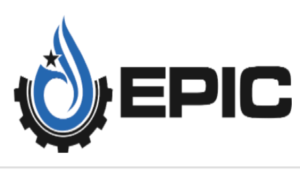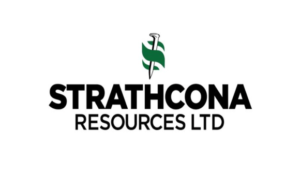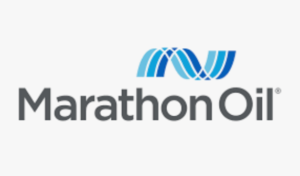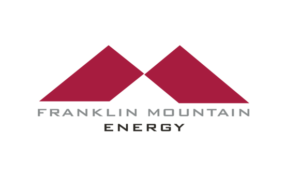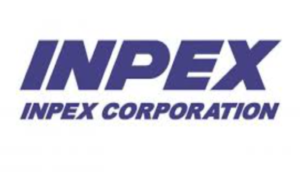This model framework discusses key sources and control measures for emissions reduction in the oil and gas industry. Some issues for authorities to consider when establishing regulatory approaches are also provided where relevant. While this model focuses on upstream operations, many of the mitigation measures could be applicable to emission sources in other segments of the natural gas value chain such as distribution and storage.
The model contemplates regulations that seek to achieve the following policy objectives for emissions reduction:
• Apply to both upstream oil and gas sources,
• Apply to both new and existing facilities,
• Seek meaningful emission reduction outcomes,
• Based on sound science,
• Cost-effective and flexible to allow for future technological developments,
• Seek to stimulate innovation,
• Establish transparency, and
• Drive continuous improvement
Effective regulation of emissions reduction from upstream oil and gas operations should minimize emissions from three
basic source categories:
- “Fugitive” emissions from equipment and components, e.g., leaks or excessive emissions due to equipment malfunction;
- Well head operations that result in venting; and
- Equipment that emits gas as part of normal operations.
This model framework discusses key sources and control measures for methane emissions from oil and gas operations. Some issues for authorities to consider when establishing regulatory approaches are also provided where relevant. While this model focuses on upstream operations, many of the mitigation measures could be applicable to emission sources in other segments of the natural gas value chain such as distribution and storage.
Leak Detection and Repair Program (regulatory purpose: find and repair leaks)
Regulated Item
Component and
Equipment Leaks
Description
Unintentional emissions, or leaks, of gas can occur from
equipment and processes across oil and gas infrastructure.
Typical equipment components where fugitive emissions
can occur are valves, screwed connections, flanges, openended lines and pump seals.
Regulatory Practice / Control
Establish a “leak detection and repair” (LDAR)
program
• Leaks detected should be repaired when possible,
or entered into a system for correction as soon as
practicable (e.g., within 30 days)
• LDAR coverage should be repeated periodically (e.g.,
at least once per year)
• A regulating authority should also consider whether
to:
• Provide exemptions for low producing or
“marginal” wells (e.g., less than 15 BOE per day)
• Develop a specific listing of equipment and
components to be covered
Wellhead Activities (regulatory purpose: minimize flowback venting)
Regulated Item
Completions
of Hydraulically
Fractured Wells
Description
Hydraulic fracturing involves pumping water and proppants (normally sand) into a shale formation in order to
“crack” the rock and release the oil or gas, with the proppants holding open the cracks. After this occurs, the well
is “completed” by allowing the water and excess proppant
to flow back out of the well to clear out the wellbore
for production. During this period, the flowback can be
mixed with natural gas that can vent to the atmosphere if
not controlled.
Regulatory Practice / Control
New hydraulically fractured wells should follow
reduced emissions completion (REC) procedures
• REC separators should be used so the gas can be
routed for separate collection and into sales lines or
other production uses, once conditions allow
• Collected gas can be combusted if other uses are
infeasible, or for safety reasons
Manual Liquids
Unloadings
In gas wells, small amounts of liquids present in the
formation will flow out of the wellbore along with the
gas. Over time, as pressure rates decline, these liquids
will accumulate in the wellbore and eventually impede
the flow of gas out of the well to the sales line. Various
techniques to remove or “unload” the liquids exist. Manual
liquid unloadings involve shutting off the sales line and
diverting the gas to a less pressurized environment, which
allows the formation pressure to carry the liquids out of
the well along with the gas. This practice generally results
in some direct venting of methane into the atmosphere.
Manual liquid unloadings from wells should be monitored by personnel who remain within near proximity
during the process to minimize venting as much as
possible
Operational Equipment Controls (regulatory purpose: minimize excessive venting)
Regulated Item
Regulatory Practice / Control
Description
Pneumatic controllers are valves that are used throughout
industry operations to control pressure, fluid levels,
temperature, flow rate and other processes automatically.
Natural gas powered pneumatic controllers directly
release or “bleed” gas (methane) as part of their intended
functioning. There are generally three types of venting
pneumatic controllers:
• Continuous “high” bleed, that vent constantly;
• Continuous “low” bleed, that vent constantly at a
lower rate; and
• Intermittent vent, that release gas only when
actuating to perform its process control (the timing
of which can vary from hours to months)
No bleed and air-driven controllers also exist, but are not
viable in many applications.
Pneumatic devices can also leak methane due to
equipment malfunction.
Regulatory Practice / Control
Eliminate the use of continuous high bleed
pneumatic (HBP) control devices (except where
process or safety conditions require)
• Replace HBPs on existing facilities
• A regulating authority should consider an
appropriate phase out period given its operational
context (e.g., within 3 years)
• Do not use HBPs on new facilities
• Use no or low bleed devices where technically
feasible
• Use mechanical or electric control where possible
when electricity is available
• Conduct periodic pneumatic controller maintenance
(physical checks), for example when conducing
LDAR program
Pneumatic pumps
Pumps are used to inject chemicals into wells and pipelines to maintain effective operations. Natural gas
driven pumps are used when no electricity is available.
Direct vented gas to vapor recovery unit (VRU) systems with the gas directed to productive usage
onsite (e.g. sales), or to combustion if feasible
• Install electric pumps (including solar electric)
Compressors –
centrifugal
Oil and gas operations rely on pressure in piping to move
the resource through systems. Compressors are used to
create and maintain that pressure.
Centrifugal compressors can have “wet” or oil-based
seals that can result in emissions when the oil sealant
becomes gasified and the gas must be purged to maintain
effectiveness.
When degasifying the seal oil, route the gas to a VRU or to a control device
• Replace wet seals with dry seals where feasible
Compressors –
reciprocating
Reciprocating compressors have piston rods and casings
that emit some gas during normal operation, and can
degrade over time.
Replace piston rod packing components on a regular
basis (e.g., every three years or 26,000 hours of operation, whichever comes first)
Storage Vessels
(Permanent
Stationary Tanks)
Storage vessels are used in many aspects of operations,
for example in storing oil, condensate, or produced
water. These vessels, or tanks, can be isolated or grouped
together in a “tank battery” depending on the operational
context and need for storage of the various products.
Vapor gas from the stored material can be emitted
through the tank pressure relief equipment.
Route gas to a capture system (e.g. a vapor recovery unit or VRU) for beneficial use to achieve at least a
95% reduction in methane emissions, or
• Route gas to a flare or control device to achieve at least a 95% reduction in methane emissions.
• A regulating authority should evaluate the use of VRU technology where gas availability is in sufficient
quantities (and meets sales quality) to sustain VRU operations. VRU evaluations must also assess
process safety constraints as well as available area or region gas takeaway capacity.
Transmission
Pipeline Blowdowns
between
Compressor Stations
Blowdown means the release of gas from a pipeline or section of pipeline that causes a reduction in system
pressure or a complete depressurization. Typically
required to clear and depressurize piping for maintenance
activities.
Route gas to a compressor or capture system for
beneficial use, or
• Route gas to a flare, or
• Route gas to a low-pressure system by taking advantage of existing piping connections between
high- and low-pressure systems, temporarily resetting or bypassing pressure regulators to reduce
system pressure prior to maintenance, or installing
temporary connections between high and lowpressure systems, or
• Utilize hot tapping, a procedure that makes a new pipeline connection while the pipeline remains in service, flowing natural gas under pressure, to avoid
the need to blow down gas.
Incomplete
combustion
(including associated
gas flaring)
Methane emissions can result from the incomplete combustion of natural gas, for example from gas engines or associated gas flaring, with the uncombusted natural
gas being emitted in the exhaust stream.
Optimize engine/turbine combustion efficiency
• Improve combustion efficiency of flares (e.g., change flare tips, install flare ignition systems); consider means to Increase gas utilization versus combustion
Record Keeping and Reporting
Regulated Item
LDAR Program
Record Keeping and Reporting
Document and annually report results of inspections
• Dates of inspections and operations covered
• Number of leaks identified, by component
• Dates of repairs made
Completions
Flowback
Report to agency the anticipated dates of upcoming completions, within two days of each process, to allow opportunity for direct inspection
• Document and report annually the locations, dates, times of completions, and the durations of any venting that occurred during flowback
Manual Liquid
Unloadings
Document and report annually dates, times, durations and estimated volumes of any venting that occurred
Pneumatic
controllers
Document and annually report the type and bleed rates of pneumatic controllers the company has in operation
• Number of high bleed pneumatics and dates they are replaced
• Documentation that the devices are performing properly (not venting when idle)
• Monitor, document and annually report on pneumatic controllers as part of LDAR program
Pneumatic pumps
Monitor, document and annually report on pumps, VRUs and combustion devices as part of LDAR program
Compressors –
centrifuga
Monitor, document and annually report on compressors, wet seals, VRUs and combustion devices as part of LDAR program
Compressors –
reciprocating
Monitor, document and annually report on compressors, seals, rod packing, VRUs and combustion devices as part of LDAR program
• Document and annually report on piston rod packing component replacement according to regulatory schedule (e.g.,
every three years or 26,000 hours of operation)
Storage Vessels
(Tanks)
• Document installation and proper operation of gas capture systems as regulatory required (e.g. a VRU or combustion device) for storage vessels, for beneficial use to achieve at least a 95% reduction in methane emissions, or
• Monitor, document and annually report on storage vessels as part of LDAR program
Transmission
Pipeline Blowdowns
between
Compressor Stations
Document and report annually on the number of blowdown events, as well as the estimated volume of gas emitted from such events
Total Methane
Emissions
Each operator should report annually the total methane emissions from its operated assets
Energy News
Oil & Gas Permits
Oil & Gas Playbooks

